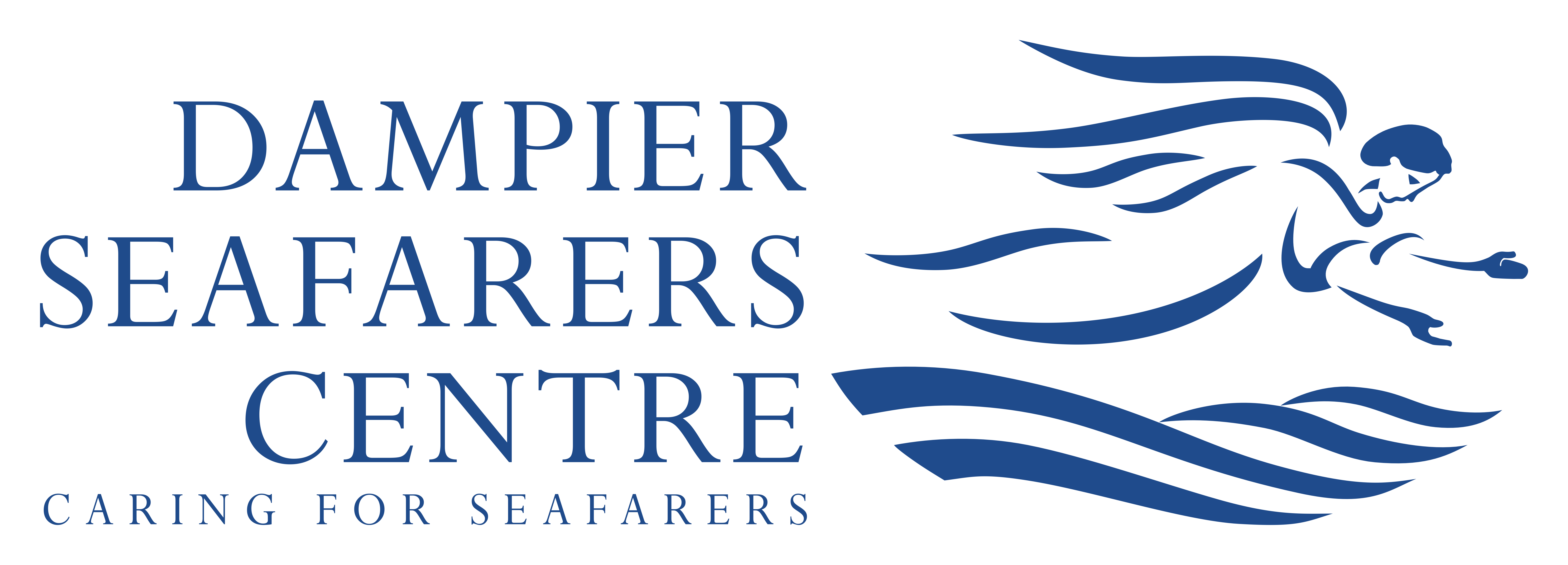Our Heritage
Founded in 1856 the Mission to Seafarers had its origins 20 years earlier with the Rev John Ashley visiting ships at anchor in the Bristol Channel. Struck by their isolation and need, he turned down a parish appointment to set up a ministry to seafarers, naming it the Bristol Channel Mission.

In 1839 he purchased a specially designed ship, the Eirene, fitted the main cabin with a chapel for 100 people, allowing him to expand his ministry. In 15 years, he visited 14,000 ships and sold more than 5,000 Bibles. He also provided care to countless people in the greatest need.

John Ashley’s work soon inspired Anglican ministers in other ports, so it was decided in 1856 that there should be one organisation to coordinate and grow this work. It was named the Mission to Seamen.
During the course of the nineteenth century, the Mission to Seamen spread into other UK ports, then into Canada, Europe and South-East Asia. As it developed it became the first organisation to help with the physical and spiritual wellbeing of ship crews in many places.

In Australia, seafarers were arriving in the colonial ports in large numbers and it was in these growing towns that the first Missions were established: in Melbourne, Victoria in 1858; in Sydney, New South Wales in 1881; in Hobart, Tasmania in 1895; and in Brisbane, Queensland in 1927.
The Mission to Seamen moved with the growing Australian export trade to the ports of Western Australia and began operating in Fremantle in 1947, and Port Hedland in 1971.
In September 1975 the Dampier Seafarers Centre committee was established by a dedicated group of port stakeholders. In 1976 the Rev Ted Cousins became the first Chaplain and he started visiting ships in the Ports of Dampier and Walcott. In his first year he visited 84 vessels.
On 2 February 1977, the Centre opened a shop in a temporary facility at Parker Point, the old Post Office building within the Dampier town construction camp. An anonymous donation of a reconditioned mini-bus meant that Seafarers could easily come ashore with the help of community volunteer drivers. Books and magazines were donated by local churches and the community for the Seafarers to freely use.

In December 1978 a new committee was formed when the Dampier Seafarers Centre became incorporated. Funding was raised from the Mission to Seamen London, the Parish of St. John’s Middlesex England, members of the Dampier community and the Centre shop, to build a dedicated Centre in Dampier. Land was secured by generous donation of a peppercorn lease from Hammersly Iron (Rio Tinto). Development began in 1979 and the new Centre was opened on November 15, 1983. It was equipped with a chapel, shop, recreation area, a private licensed bar for Seafarers, and a takeaway restaurant open to the public.

To this day the Dampier Seafarers Centre remains a focal point of interaction between the visiting Seafarers and the community.

In the year 2000 the Mission to Seamen name was changed internationally to the Mission to Seafarers and now is one of the largest port-based welfare operators in the world. We provide services in 200 ports 365 days a year across 50 countries. Around Australia, there are 22 ports where the Mission to Seafarers operates.
Through our global network of chaplains, staff and volunteers, we offer practical, emotional and spiritual support to seafarers through ship visits, drop in centres and a range of welfare and emergency support services.

Our logo is the image of the flying angel and is recognised by seafarers around the world as a sign of care, support and friendship no matter where they come from, what they believe, or where they are going.

Revelation 14:6 ‘Then I saw another angel flying in midair, and he had the eternal gospel to proclaim to those who live on the earth—to every nation, tribe, language and people.’
This great heritage is a part of our story and why we here today serving Seafarers. Our brief history here in Dampier is a part of a greater work, but also an example of the ways in which we can make a very positive contribution to community life. We represent our community, Australian hospitality, and Christian care to those who are a part of our community for only short periods while they are here on their vessels.



